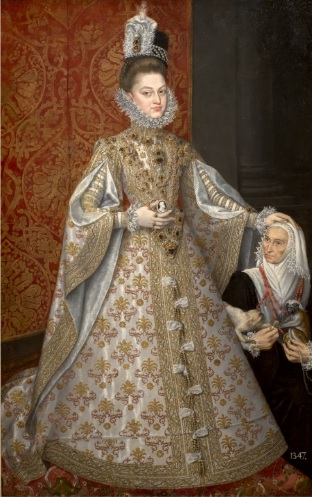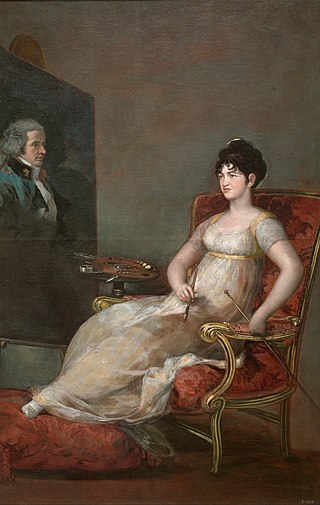
Velázquez’s portrait of Jerónima de la Fuente was painted just prior to her departure on a long journey that would last a year and three months and take her to the farthest reaches of the Spanish empire to found the first convent of Poor Clares in Manila (Philippines). In the numerous convents in Spain in the 16th and 17th centuries, women of different aspirations and conditions coincided. Many of them were forced to profess because their families did not have the resources to provide them with sufficient dowries for marriage, but the convent could be an opportunity to develop a personal project outside marriage and motherhood, as well as to learn to read and write. Some of them, through their work, foundations and evangelisation, managed to become an active part of the culture of the time, such as Mother Jerónima de la Fuente. On her arrival in the Philippines, she fought to defend the admission of mestizas and women without dowry into the convents, gaining the appreciation of the people by putting the evangelising aim above all considerations of race, creed or economic resources.
Collection: Images
Project: 10. Churches and religions in Europe., 11. Science and culture as representation in Europe.
Chronology: XVII
Scope: Secondary Education, Baccalaureate, University
Resource type: Image
Format: Oil on canvas (160 x 110 cm)
Source: Museo del Prado (Madrid)
Language: Spanish
Date: 1620
Owner: Álvaro Romero González (Modernalia)
Identifier: P002873
Copyright: Museo del Prado (Madrid)
Abstract: The vocation of Jerónima de la Fuente, a Franciscan nun from the convent of Santa Isabel, led her to embark on missionary work in the Philippines
Image
Tags







